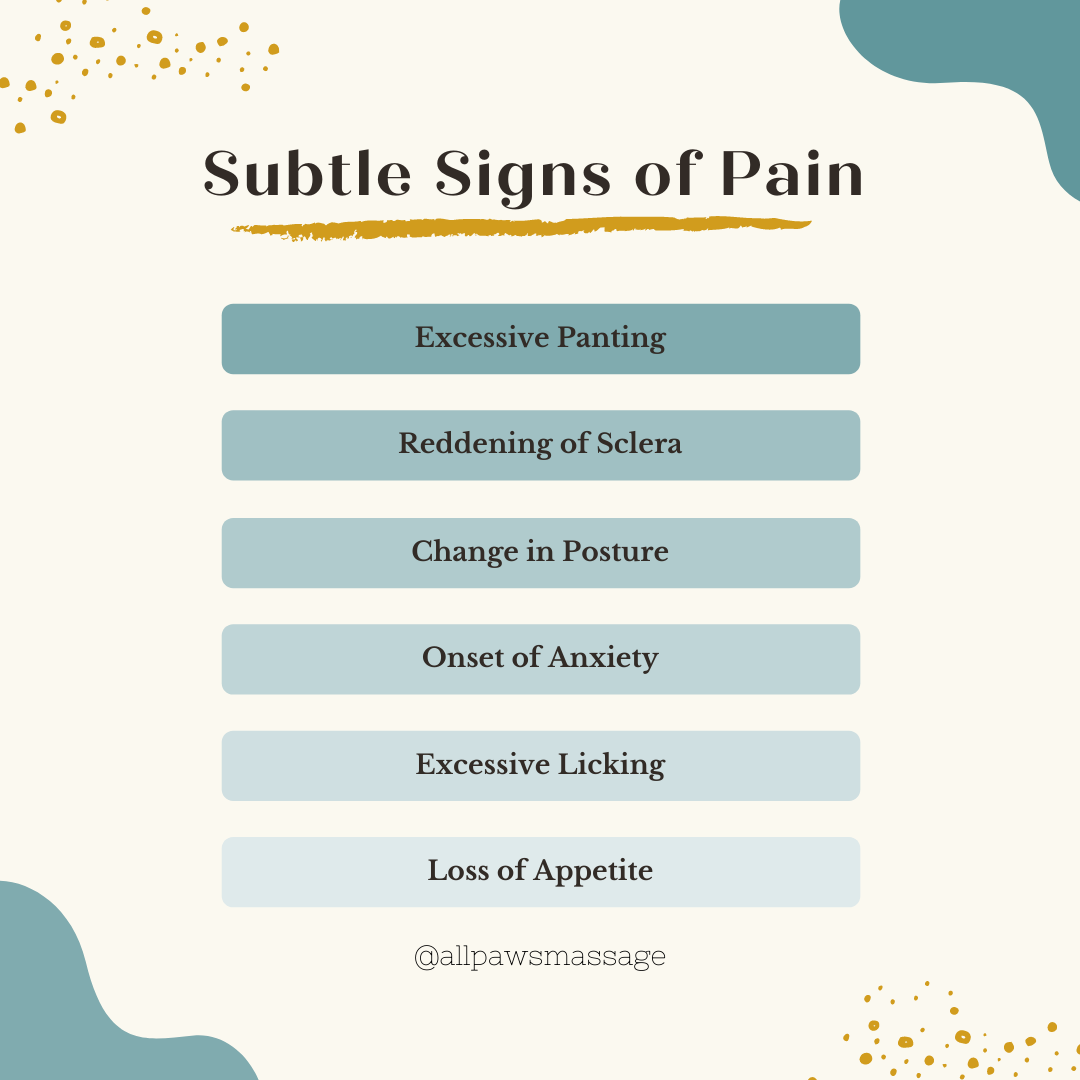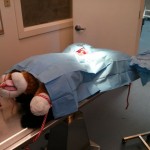Earlier this year I noticed that Rocco was sitting down “funny”, I watched him for a couple of days and I started to suspect that his left hip might be in pain. He didn’t limp nor show any signs of trauma, but something just didn’t look right. After 3 or 4 days he gave out a quiet whimper as he was laying down.
The next day we took him to the vet fearing the worst – hip dysplasia. During the manual examination it became apparent that Rocco’s left hip is causing him minor pain. He had to stay for ex-rays which would confirm or rule out dysplasia. The whole day I was a nervous wreck fearing that my young, athletic dog might be facing a very painful future. As it turns out his left hip is in perfect shape and the pain was most likely caused by a minor soft tissue injury. His right hip, on the other hand, is not ideal, however, with proper care and luck it might never become an issue. The hip problem resolved itself within couple of weeks (it usually takes 4-6weeks for soft tissue to heal) and we are to do follow-up x-rays in 3 years to see how his right hip is doing.
Many pet owners aren’t so lucky and dogs as young as 12 months can be diagnosed with hip dysplasia. So why is this such a devastating diagnosis? The looseness in the hip causes painful wear and tear resulting, overtime, in arthritis. The hip join degenerates to the point where the dog experiences muscles loss and becomes unable to use his hind legs. The condition is progressive and extremely painful, making an otherwise healthy dog unable to enjoy life. The rate with which the condition progresses is dependent on genetic factors, but also on the care regimen. There are many things that can be done to slow down the damage, lessen the impact and alleviate the pain caused by hip dysplasia, providing the dog with a good quality of life for as long as possible.
To begin here’s a short video discussing hip dysplasia:
So what can you do if your dog has been diagnosed with hip dysplasia? In most severe cases the vet may recommend a surgical procedure, in mild to moderate cases prevention is the key to slowing down the deterioration of the hip.
- Maintain your dog’s healthy body weight. Search for high quality foods with little fillers and grains.
- Add supplements to their diet: Calcium, Vit. C and Glucosamin promote healthy bones – ask your vet for the proper dosage.
- Tumeric has many medicinal uses, including anti-inflammatory properties
- Regular massage for muscle maintenance and pain relief
- Swimming is the best exercise for dogs with hip dysplasia, it allows your dog to build and strengthen muscles with low to no impact on the hip.
- Keep your dog’s nails neatly trimmed, long nails add pressure to their joints
- Core strengthening exercises
- Provide traction by putting down carpets and rugs in your house, don’t let your dog walk on slippery surfaces.
- Allow for short daily exercises
- Buy an orthopedic bed for your dog
- Avoid dog parks where dogs wrestle, jump and chase for a long period of time
- Don’t run with your dog
- Walk your dog on leash on grass to lessen the strain on their joints






I’m so happy that it turned out okay. I know what you mean about a day spent worrying. We experienced the same thing when our dog was barely walking on one leg. Early onset arthritis. Our litter mates are on joint supplements and we’ll start our puppy on them after he turns 1 year old if our vet approves.
Big hugs to Rocco.
Kimberly